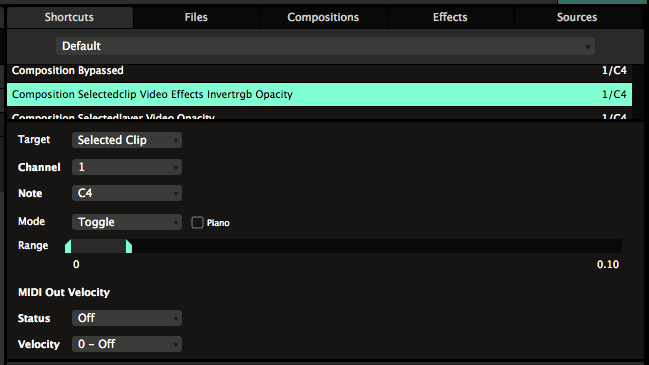

I bought some cheap knobs on Amazonbut had to trim them down with some wire cutters, and drill out the center hole a bit to make them fit.Pages: 2 3 4. Knobs for the potentiometers are nice, but not required. Double-check the alignment, comparing the labels on the strip to those on the PCB. Insert the NeoPixel strip into the sockets. Note: Make sure the negative lead, marked with a minus - sign, is inserted into the labeled negative hole in the PCB! The longer legs of the pins, with the black plastic insulator, should be sticking up at a right angle from the NeoPixel stick. Make sure these are aligned correctly before soldering! Insert and solder the capacitor. Insert, align, and solder the female header sockets. If you have a breadboard and some Extra-long male header pinsyou can use these to align and hold the female headers while you solder. The orientation of the switch will not matter. Solder the switch to the PCB, as labeled. If your switch has little metal tabs on the end like the ones from Adafruityou may need to clip them off or bend them to get the switch to sit flush on the PCB.

Make sure you put them in the correct places, as labeled on the PCB. Bend one leg of each resistor degrees and insert them in their respective places on the PCB. If you have a third handit can help as well. I find this way is easiest to hold the PCB steady when soldering. I prefer to add components to the PCB from the shortest to the tallest. This is the 5V logic output pin used to drive the NeoPixels. At the very least, you must solder one header pin to the hole for pin 17 on the end. You will need to solder the 5 header pins on the end of the Teensy as well. I also recommend reading through a good soldering tutorial, such as the ones by Adafruit and SparkFun. Note : Double-check the position, alignment, and orientation of each component very carefully before soldering! I was also warned by several people that the upload process for the Trinket can be a bit tedious. In an effort to minimize the parts cost, while maintaining the ease of assembly and use, I initially thought about using a 5V Trinket. The tactile momentary push button could be used to change modes, from the tutorial to patterns, animations, etc. It will also have the bonus of being a tutorial project I can use in classes, workshops, and share online. So, I set out to design a PCB that I can assemble ahead of time, and will hopefully be durable enough to last all weekend. I need something that lots of people can tinker and play with all weekend, without worrying about replacing disconnected wires.


 0 kommentar(er)
0 kommentar(er)
